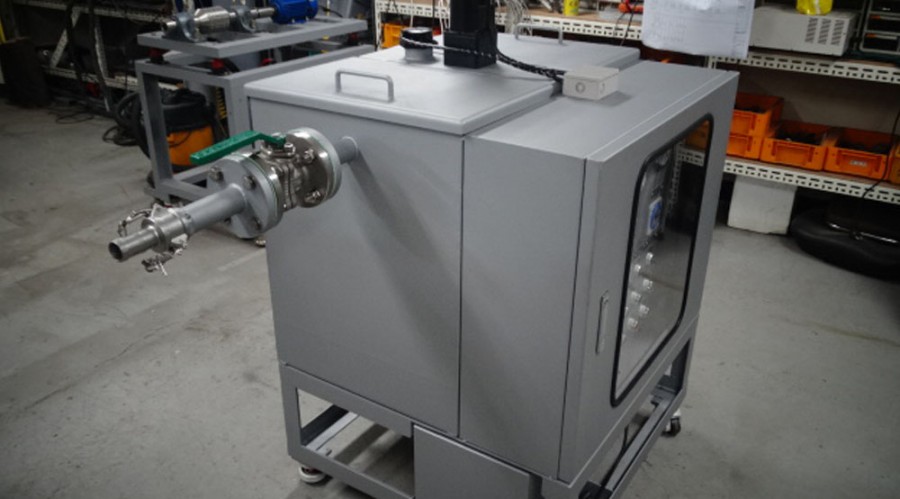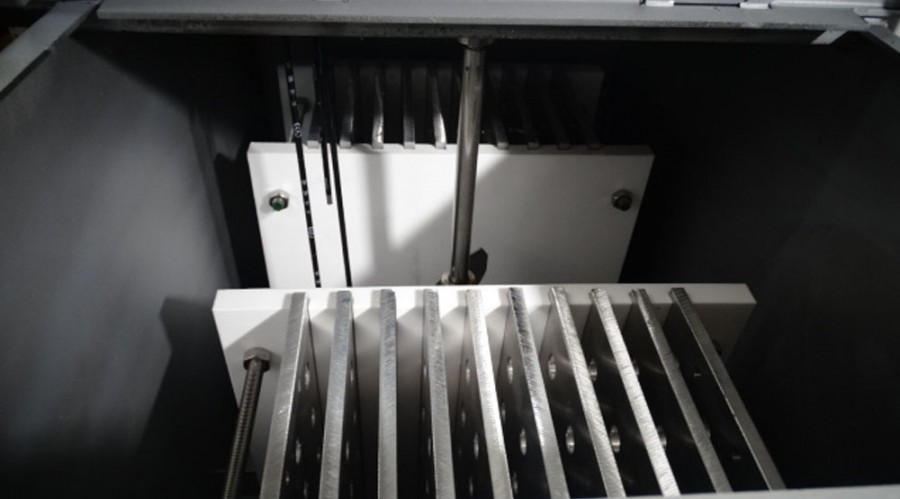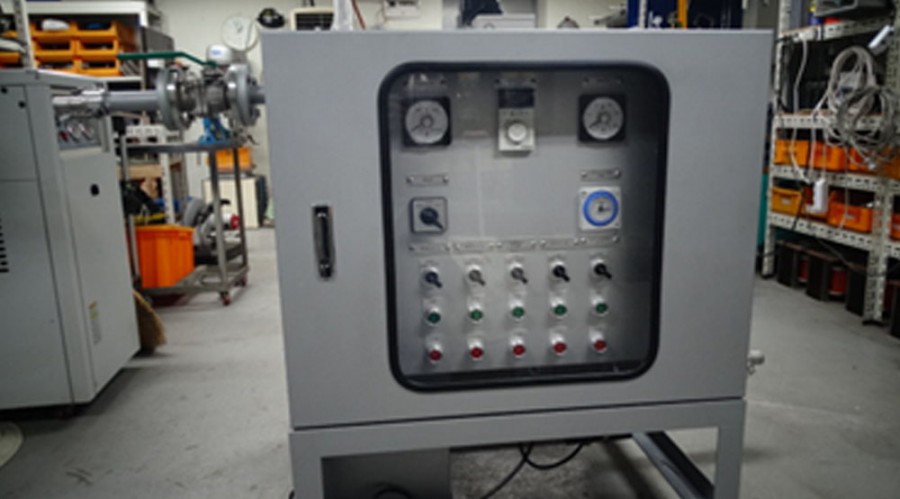본문
 |
 |
 |
Electrocoagulation
Electrochemical treatment is an attractive, alternative treatment process and has several advantages over conventional treatment methods such as easy automation, maximum removal efficiency, shorter treatment time, low sludge production, and reasonable operating cost. Electrochemical treatment is a method of treating contaminants in a solution using an electrochemical reaction. It is divided into electrocoagulation, electrolysis, and electroflatation.
CHENV-Electrocoagulation(EC) is a treatment process of applying electrical current to treat and flocculate contaminants without having to add coagulations.
Electrocoagulation occurs with the current being applied, capable of removing small particles since direct current applied, setting them into motion. The electrocoagulation process operates on the base of the principle that the cations produced electrolytically from iron and/or aluminum anodes which is responsible for the increasing of the coagulation of contaminants from an aqueous medium. Electrocoagulation is a complex process occurring via series steps.
The electrocoagulation process involves three successive stages for pollutant removal: 1) generation of coagulants by the oxidation of electrodes in an electrolyte solution, 2) destabilisation of pollutants and suspensions by compression of diffuse double layer and charge neutralisation and 3) agglomeration of destabilised pollutants with coagulants.
Electrocoagulation operating factors are mostly dependent on the chemistry of the aqueous medium, mainly conductivity and pH. Also other important factors are particle size, type of electrodes, retention time between plate, plate spacing and chemical constituent concentrations.
Electrocoagulation is cost-effective, operationally simple, with no sensitivity to toxicity and has less sludge generation than other processes.
Advantages
- EC can remove wide ranges of pollutants
- EC requires simple equipment and is easy to operate.
- EC requires low initial investment with low operating cost.
- The electrolytic processes in the EC cell are controlled electrically and with no moving thus requiring less maintenance.
- EC does not require any chemicals. So there is no problem of neutralizing excess chemicals and no possibility of secondary pollution caused by chemical substances.
- Sludge formed by EC tends to be readily settable and easy to dewater, so low sludge generation can be done.
- EC produces effluent with less total dissolved solids(TDS) content as compared with chemical treatments. If this water is reused, the low TDS level contributes to a lower water recovery cost.
- The EC process has the advantage of removing the smallest colloidal particles, because the applied electric field sets them in faster motion, thereby facilitating the coagulation.
- The gas bubbles produced during electrolysis can carry the pollutant to the top of the solution where it can be more easily concentrated, collected and removed.
Key Applications
Electrocoagulation has been employed in treating wastewaters from textile, petroleum, and oil shale. It is also used to treat the carpet and chemical fiber wastewater.
